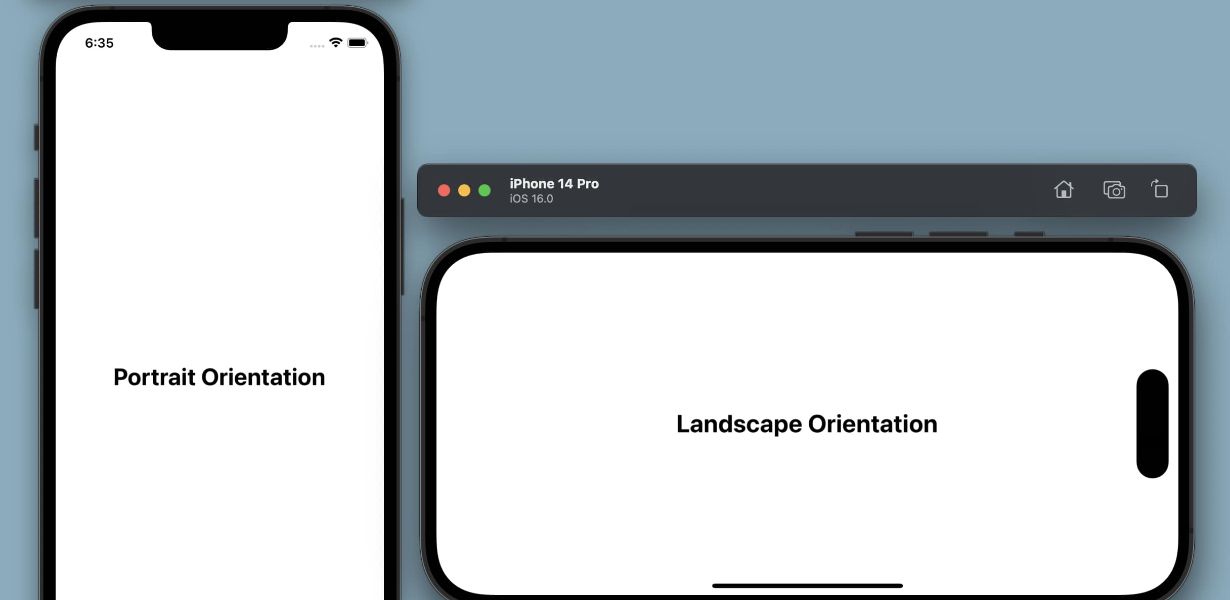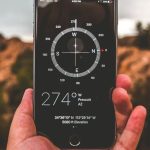
Unveiling the Power of Augmented Reality: Uniting with the Device Orientation API
- Post
- August 8, 2023
- Device Orientation API, Web APIs, Web Technologies
- 0 Comments
Augmented Reality (AR) has progressed beyond being just a buzzword in the tech world. It has seamlessly integrated into our daily lives, revolutionizing the way we interact with the digital and physical realms. Behind the scenes, a silent yet powerful ally, the Device Orientation API, has been shaping these immersive experiences. In this comprehensive discourse, we delve into how this API is driving the evolution of AR, from mesmerizing demos to real-world applications.
AR has transcended its infancy and blossomed into an ecosystem that merges digital elements with the tangible world. As we stand on the threshold of this exciting era, the Device Orientation API emerges as the driving force, ensuring that the bridge between the real and the virtual remains seamless.
Understanding the Device Orientation API
At its core, the Device Orientation API provides a window into the spatial orientation of a user’s device. This encompasses its tilt, pitch, and rotation, which are essential to crafting immersive experiences. By accessing data from gyroscope and accelerometer sensors, the API enables applications to respond dynamically to a user’s movements, adding depth and interactivity to AR.
Demystifying Device Orientation Examples
Let’s explore a few captivating use cases that showcase the prowess of the Device Orientation API:
- Interactive Storytelling: Imagine holding up your device to unveil hidden layers of a historical monument. With the API’s assistance, as you move your device, the AR app responds by peeling back virtual layers, revealing the monument’s evolution through time.
- Architectural Visualization: Architects and designers leverage the API to transform blueprints into interactive 3D models. Stakeholders can walk around these virtual structures, gaining an unparalleled sense of scale and proportion.
- Gaming Adventures: The API breathes life into gaming by aligning game elements with the device’s orientation. Picture yourself exploring a virtual maze; as you tilt your device, the virtual world tilts in response, creating an immersive gameplay experience.
The Journey from Demos to Reality
While stunning demos showcase the potential of the Device Orientation API, its real power shines through in practical applications:
- Navigation and Maps: Augmented Reality navigation apps utilize the API to superimpose directions onto the real world. This empowers users to navigate with confidence, as arrows and labels stay aligned with their device’s orientation.
- Industrial Training: Complex industrial training sessions become more intuitive with the API. Trainees can manipulate virtual components in real time, enhancing their understanding of intricate processes.
- Retail Visualization: AR has infiltrated the retail landscape, allowing customers to visualize products in their physical space. The API ensures that virtual items align precisely with the user’s surroundings, aiding in informed purchase decisions.
Behind the Scenes: The Technology
The Device Orientation API’s magic is conjured by sensors like gyroscopes and accelerometers. These components work in harmony to continuously feed the API with data about the device’s spatial orientation. By processing this data, AR applications can adjust the virtual elements to mirror the user’s perspective.
Embracing the Future: Device Orientation and IoT
The symbiotic relationship between the Device Orientation API and the Internet of Things (IoT) is intriguing. Imagine smart appliances that offer virtual guides to repair procedures, perfectly aligned with your movements, thanks to the API. This convergence holds the promise of a more connected and interactive world.
Commonly Asked Questions
Q: What devices support the Device Orientation API?
A: Most modern smartphones and tablets, equipped with gyroscope and accelerometer sensors, can harness the API’s capabilities.
Q: Is the Device Orientation data accurate?
A: Yes, the API’s data is highly accurate, thanks to the precision of the underlying sensors.
Q: Can the API be used outside of AR?
A: Absolutely, it has applications in gaming, navigation, and industrial scenarios, extending beyond just AR.
Q: How does the API impact battery life?
A: While it does consume some power, optimizations in modern devices ensure minimal impact on battery life.
Q: Are there security concerns with the API?
A: As with any technology, security is a consideration. However, proper app permissions and best practices mitigate potential risks.
Final Words
The Device Orientation API’s role in the evolution of augmented reality is not just limited to a supporting character; it’s a star in its own right. By seamlessly aligning the virtual and real worlds, this API has opened doors to unimaginable experiences. As we venture further into this realm, one thing is clear: the Device Orientation API is a key architect of the future we’re stepping into, where boundaries between reality and imagination dissolve into a harmonious blend.




